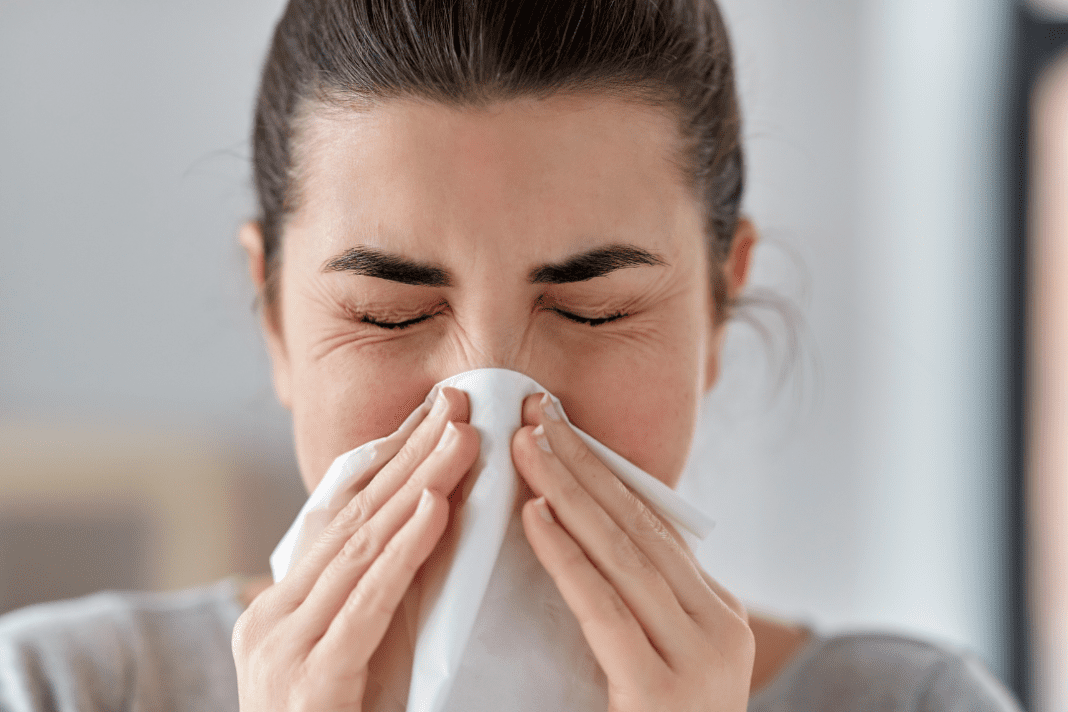A new study finally offers evidence of why we are more likely to get viral infections in the winter.
The results may seem obvious: Because it’s colder. But the key is that your nose knows it’s colder, and that reduces its immune response.
“There’s never been a convincing reason why you have this very clear increase in viral infectivity in the cold months,” Harvard Medical School researcher Benjamin Bleier, MD, said in a news release. “This is the first quantitative and biologically plausible explanation that has been developed.”
The study evaluated an already known immune response in the nose known as the “release of extracellular vesicles,” when the nose releases a spray that swarms, binds, and kills bacteria inhaled by the nose.
“It’s akin to if you kick a hornets’ nest, and all the hornets come out and attack,” Bleier said. “The nose detects these pathogens and releases a swarm of extracellular vesicles.”
For the study, nasal samples from volunteers were evaluated in a lab at normal body temperature and at 9 F below body temperature to simulate the difference between indoor and outdoor winter temperatures. In the lower temperatures, the spray was sparser.
The research was published this week in The Journal of Allergy and Clinical Immunology.
Fellow researcher Mansoor Amiji, PharmD, PhD, of Northeastern University, said the study could be relevant to stopping the spread of SARS-CoV-2, the virus that causes COVID-19, by leading to new ways to prevent viral transmission, such as the development of “artificial virus sponges.”
A scientist not involved in the study said the findings are a breakthrough but also have limits.
“This is the first time that we have a biologic, molecular explanation regarding one factor of our innate immune response that appears to be limited by colder temperatures,” rhinologist Zara Patel, MD, told CNN. “It’s important to remember that these are in vitro studies, meaning that although it is using human tissue in the lab to study this immune response, it is not a study being carried out inside someone’s actual nose. Often the findings of in vitro studies are confirmed in vivo, but not always.”


